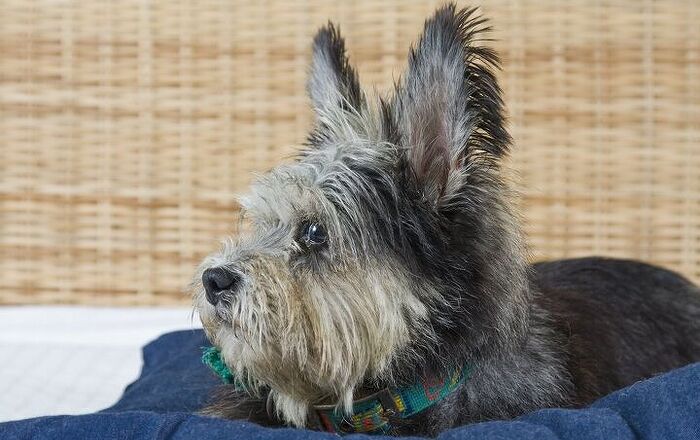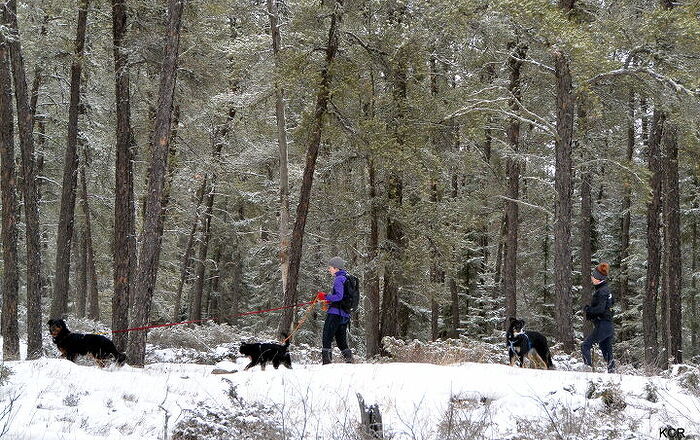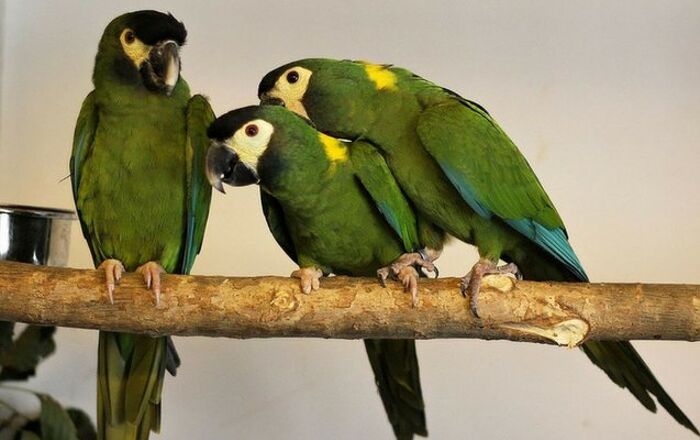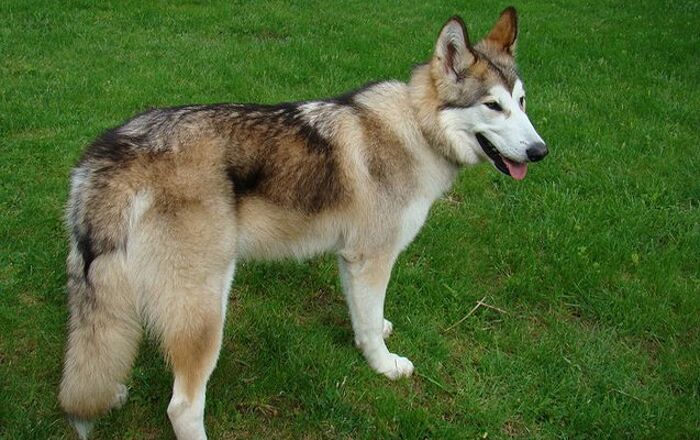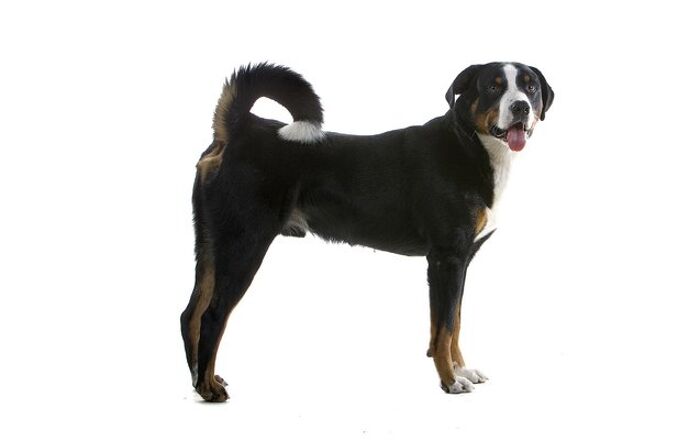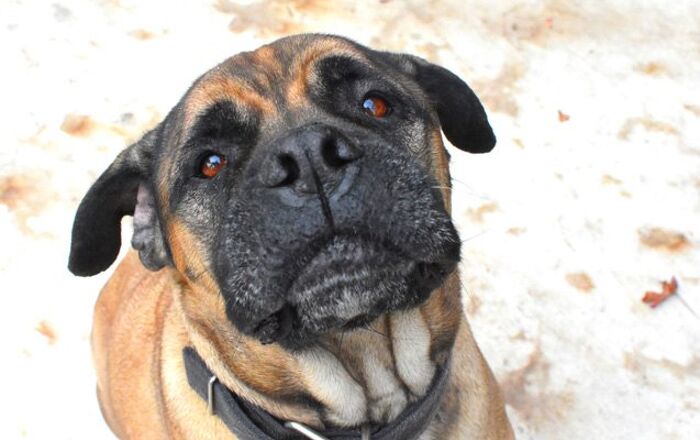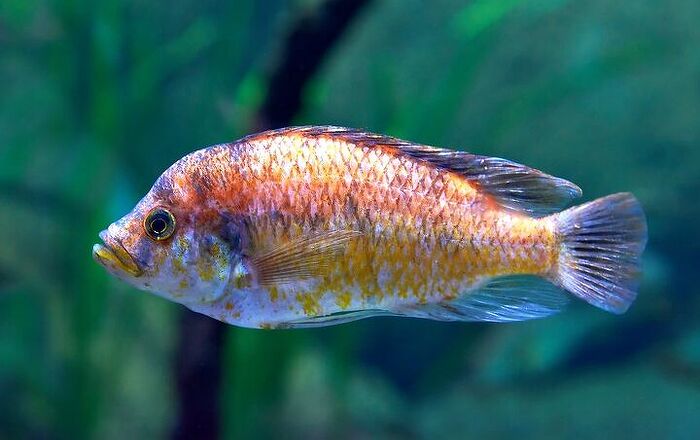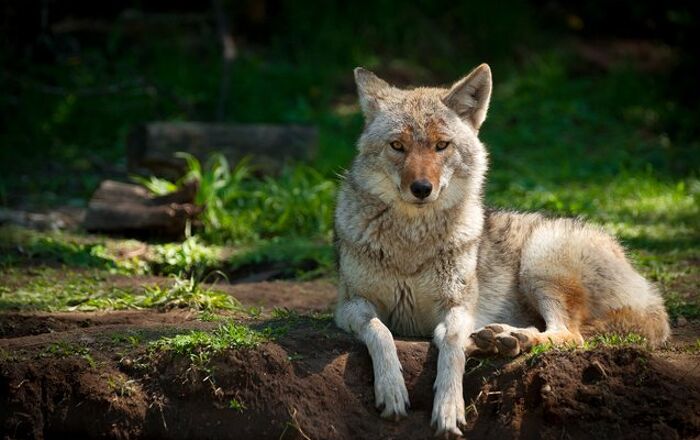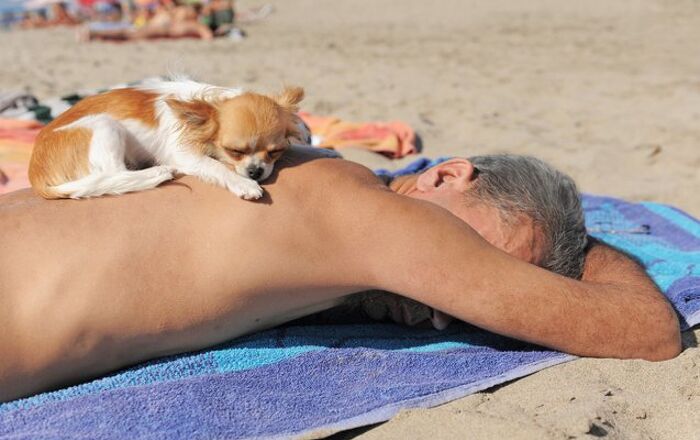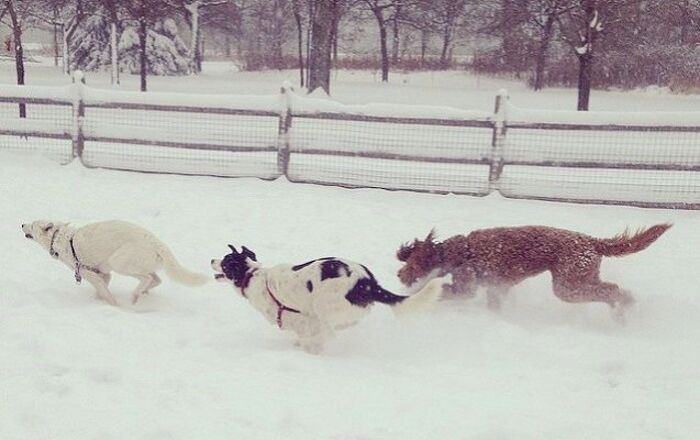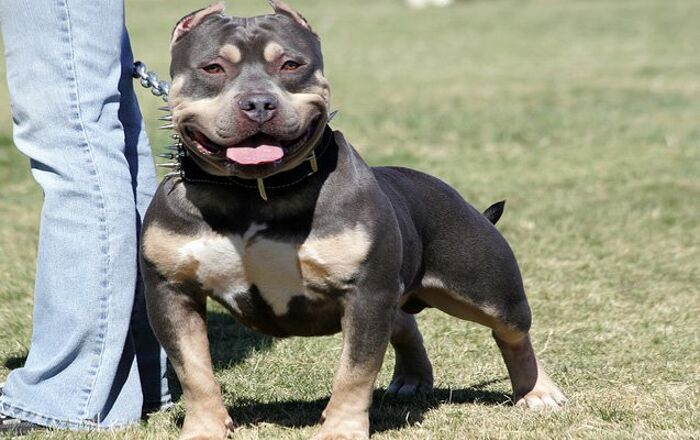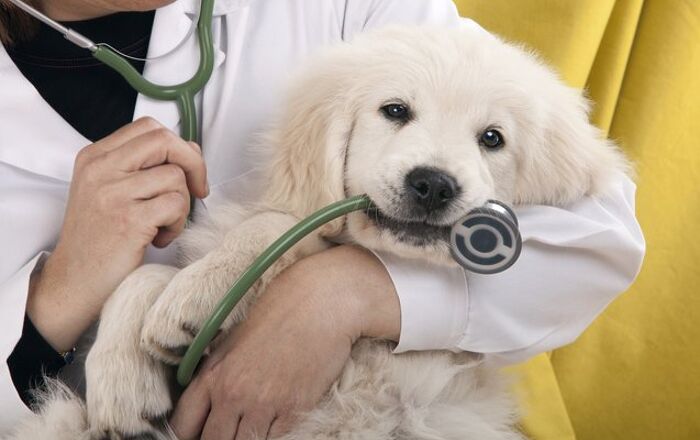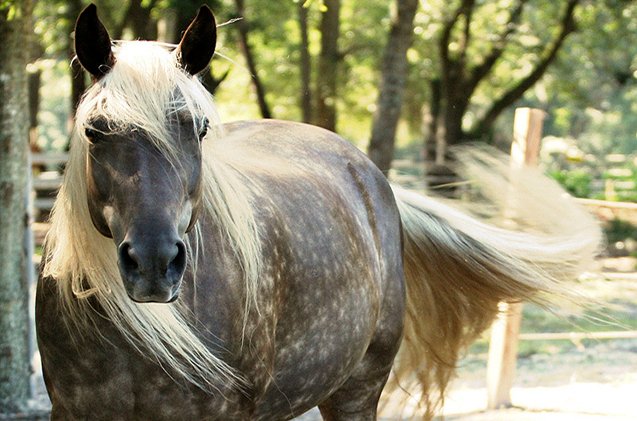
Rocky Mountain Horse Breed History
The Rocky Mountain Horse breed’s history from 1890 into the late 1900s contains little to no documentation or facts that can be proven without doubt. The beginnings of the breed date back to around the 1800s, but only a verbal history, which has been passed down through the generations, remains.
It is believed that the Rocky Mountain Horse, which is easy-gaited and sure-footed, originated in the latter part of the 1800s in the United States. More specifically, the breed started off in eastern Kentucky, within the foothills of the Appalachian Mountains. The horses were used for a variety of purposes, including for riding, herding cattle, and plowing fields. They were worked hard because they were a necessity to the rural inhabitants of the area.
Rocky Mountain horses are known for their gentle attitude.
Because these horses’ owners were not wealthy, the animals did not receive any special care, and many of the weak horses could not survive. These horses also had to adapt in order to withstand the harsh winters with minimal shelter, and some even had to survive on whatever food they were able to find, even if it meant eating tree bark like deer.
According to the Rocky Mountain Horse Association, a gaited colt was taken to eastern Kentucky from the Rocky Mountain region of the United States around 1890. This animal was called the Rocky Mountain Horse by locals, and he is the individual horse that has been credited with starting the breed by the same name. However, little is actually known about this foundation stallion, which was bred with local Appalachian saddle horses in a small area before the line of horses grew in number in the years that followed.
Rocky Mountain horses eventually became treasured possessions, thanks to their easy gait and their ability to work in all seasons and conditions. However, it was Sam Tuttle’s farm in Spout Springs, Kentucky where these animals were able to find a nurturing place to live. He became the prominent breeder of these horses throughout the 20th century, and he maintained a sizable herd on his farm even during the toughest times. Therefore, he is the man who is most responsible for allowing the Rocky Mountain Horse breed to survive.
Today, the Rocky Mountain Horse is an extremely popular equine breed, and the Rocky Mountain Horse Association is in place to preserve and protect, as well as promote, these unique horses.
Breed Traits
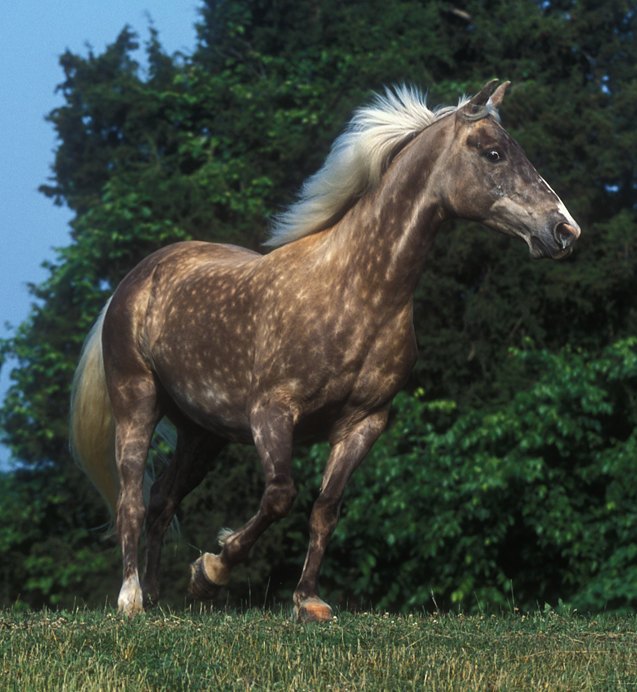
Rocky Mountain horses are known for their gentle attitude, and they are a pleasure to keep and wonderful to ride. They have a lot of endurance, and they work well with riders and trainers of all experience levels. You can use a Rocky Mountain Horse for trail riding, endurance riding, competitive events, and pleasure riding, as a few examples.
Overall, this horse breed is so popular because it is a hard worker, it is easy and comfortable to ride, and it has a great temperament that makes it effortless to manage.
These horses enjoy being around people, and they are able to adapt easily to their environment, as well as to the skill level of a rider. They are friendly, reliable, calm, and alert, making them ideal equine companions.
The Rocky Mountain Horse has a natural ambling gait of four beats.
Overall Description
The Rocky Mountain Horse will feature a short back, a well-set neck, and a wide chest. These horses will also have beautifully bold eyes, properly angled rear feet, and ears that are well shaped. They are even described as having foxed ears and teacup chins.
This horse breed has a natural ambling gait of four beats with no pacing. As the horse moves, you could easily count the four distinct beats of the hooves, producing an equal rhythm. And these horses can travel anywhere from 7 to 20 miles per hour.
The Rocky Mountain Horse works well with riders of all experience levels.
Colors
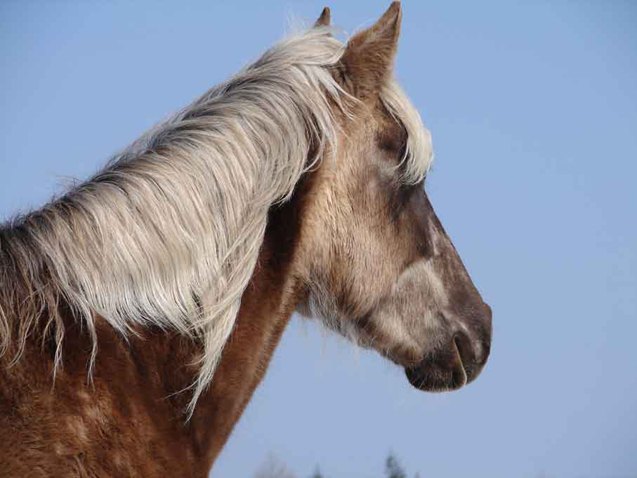
Every Rocky Mountain Horse will feature a solid color, although facial markings are also accepted, provided that they are not excessive. There should not be any white above the hock or above the knee.
Grooming Requirements
Rocky Mountain Horses enjoy being around people, so they benefit from regular grooming sessions that help reinforce the bond with their human companions.
Regularly bathe your horse with equine shampoo to keep its skin and coat clean and healthy, but in between bathing sessions, you should use a variety of grooming tools that will thoroughly remove dirt, mud, debris, and loose hair from the coat.
You can begin with a curry comb, followed by a body brush, to clean your horse’s coat with ease, being gentle around sensitive areas. To focus on cleaning and detangling the animal’s mane and tail, simply use a mane comb and a tail brush. Also, a hoof pick is necessary to remove any debris that has become lodged within the hooves.
As you groom your horse, don’t forget to look for any injuries or infections that need to be treated promptly.
Photo credit: PMC; Monika Kind/Wikimedia; Tina Lee Studio/Flickr

